A test charge q is moved without acceleration from A to C along the path from A to B and then from B to C in electric field E as shown in Fig. (i) Calculate the potential difference between A and C (ii) At what point [of A and C] is the electric potential more and why?
![A test charge q is moved without acceleration from A to C along the path from A to B and then from B to C in electric field E as shown in Fig. (i) Calculate the potential difference between A and C (ii) At what point [of A and C] is the electric potential more and why?](https://d10lpgp6xz60nq.cloudfront.net/physics_images/PR_XII_V01_C01_S01_300_Q01.png)
Step by step video & image solution for A test charge q is moved without acceleration from A to C along the path from A to B and then from B to C in electric field E as shown in Fig. (i) Calculate the potential difference between A and C (ii) At what point [of A and C] is the electric potential more and why? by Physics experts to help you in doubts & scoring excellent marks in Class 12 exams.
Updated on:21/07/2023Similar Questions
There is a electric circuit as shown in the figure. Find potential difference between points a and b.
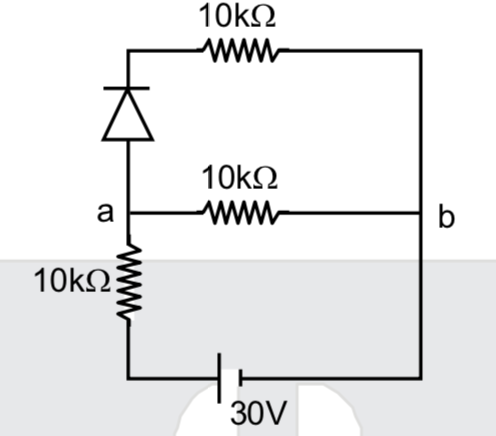
View SolutionCalculate the potential difference between the points A and B, and between the points B and C of figure in steady state
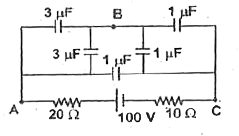
View SolutionIn the diagram shown find the potential difference between the points A and B and between the points B and C in the steady state.
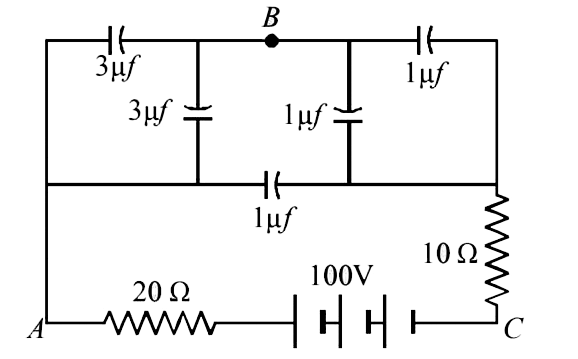
View SolutionIn the figure shown, what is the potential difference between the points A and B between a and C respectively in steady state?

View SolutionA,B and C are three points in a unifrom electric field. The electric potential is
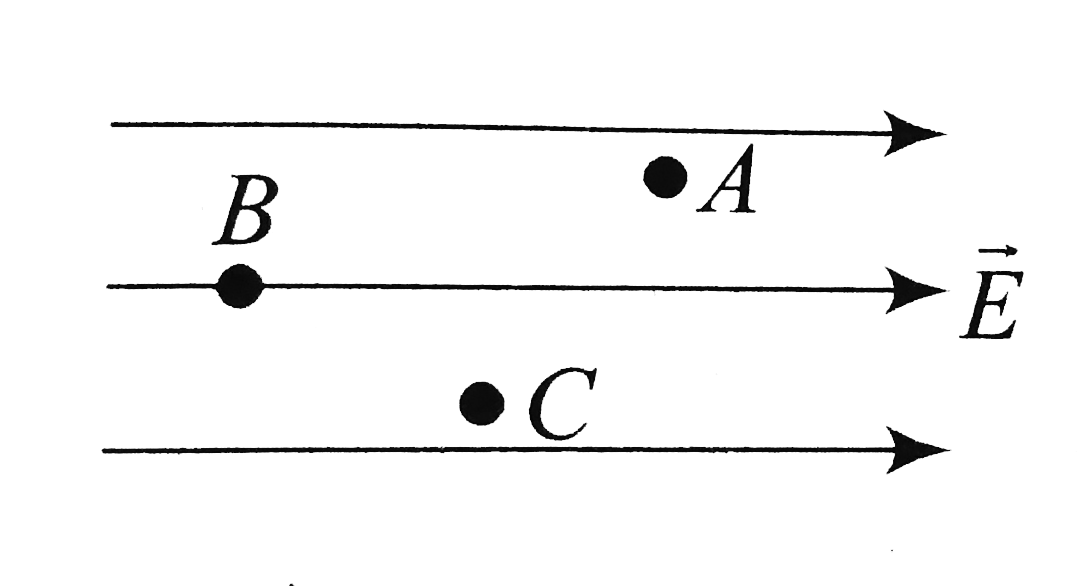
View SolutionA test charge q is taken from point A to B in electrostatic field of other charge Q as shown in figure. The reletion between potetial energy and potential ( between points A and B) is
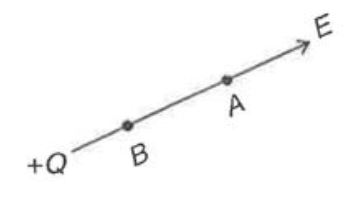
View SolutionWhen a 2μC charge is carried from point A to point B, the amount of work done by the electric field is 50μJ. What is the potential difference and which point is at a higher potential ?
View SolutionCalculate the value of current and indicate its direction Also calculate the potential difference between the points (i) B&A (ii) A&C

View SolutionThree charged particles ( their sign are shown ) move along the path in a uniform electric field as shown . In each of three cases, wheather the potential energy increases or decreases.

View SolutionThe potential difference (VA−VB) between points A and B in a part of an electrical circuit shown in the figure at the instant shown is
_PHY_E05_273_Q01.png)
View Solution
